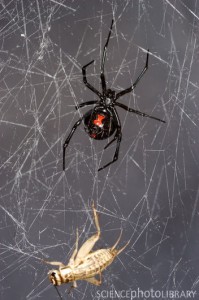What is Scar Tissue?
What is it and what effect is there on the soft tissues?
Think of scar tissue as a cobweb, with strands of silk thread spreading out from an injury. Sadly, it is not the lovely smooth, graceful webs we enjoy seeing in the morning dew. Scar tissue fibrosis is more like a tangled, disorganized mess– more like a black widow web.
The fibrous connective tissue produced during the initial inflammatory stage serves to temporarily replace damaged tissue during the first stage of healing. Scar tissue lacks oil glands and elasticity. By contrast, healthy tissue is elastic and lubricated, which protects it against irritation. It is the nature of scar tissue to contract over time and become sensitive as pain nerves enter the aging scar tissue. This sensitivity prolongs the period of inflammation and results in the formation of excessive scar tissue. Muscles become fibrous as a result of chronic inflammation. Scar tissue reduces and blocks the circulation of fresh blood, carrying nutrients and oxygen, and the flow of lymph, which carries away toxins. This vicious cycle of continued scar formation can thus increase pain, reduce circulation, and restrict movement.
As pain nerves penetrate scar tissue, it becomes hypersensitive to stimulation. This makes it easy to find during chiropractic appointments or massage because the pain response indicates the scar tissue with its hypersensitive nerves. An acupuncturist can also feel the presence of recent and old scar tissue by feeling the resistance to the needle. Healthy tissue offers no resistance and feels like it is soft and lubricated.
Many recent studies have associated NSAIDs with chronic pain, especially degeneration of joint cartilage. Basically the inhibiting effect of NSAIDs that applies to muscle healing also applies to cartilage repair. The use of anti-inflammatory heightens the incidence of chronic pain. Treating pain while disrupting the healing process results in a build up of painful scar tissue, which can also interfere with the functioning of muscles by scarring proprioceptors. I’ll report more on proprioceptors in tomorrow’s blog entry.
Chiropractic care, when applied scientifically and appropriately, can reduce the fibrosis and scar tissue. This speeds recovery and reduces the risk of permanent injury, and re-injury.
Dr. Andrew White
St George Chiropractor who is generally fond of spiders.





That’s a great picture of a spider web that shows how scar tissue is lain.